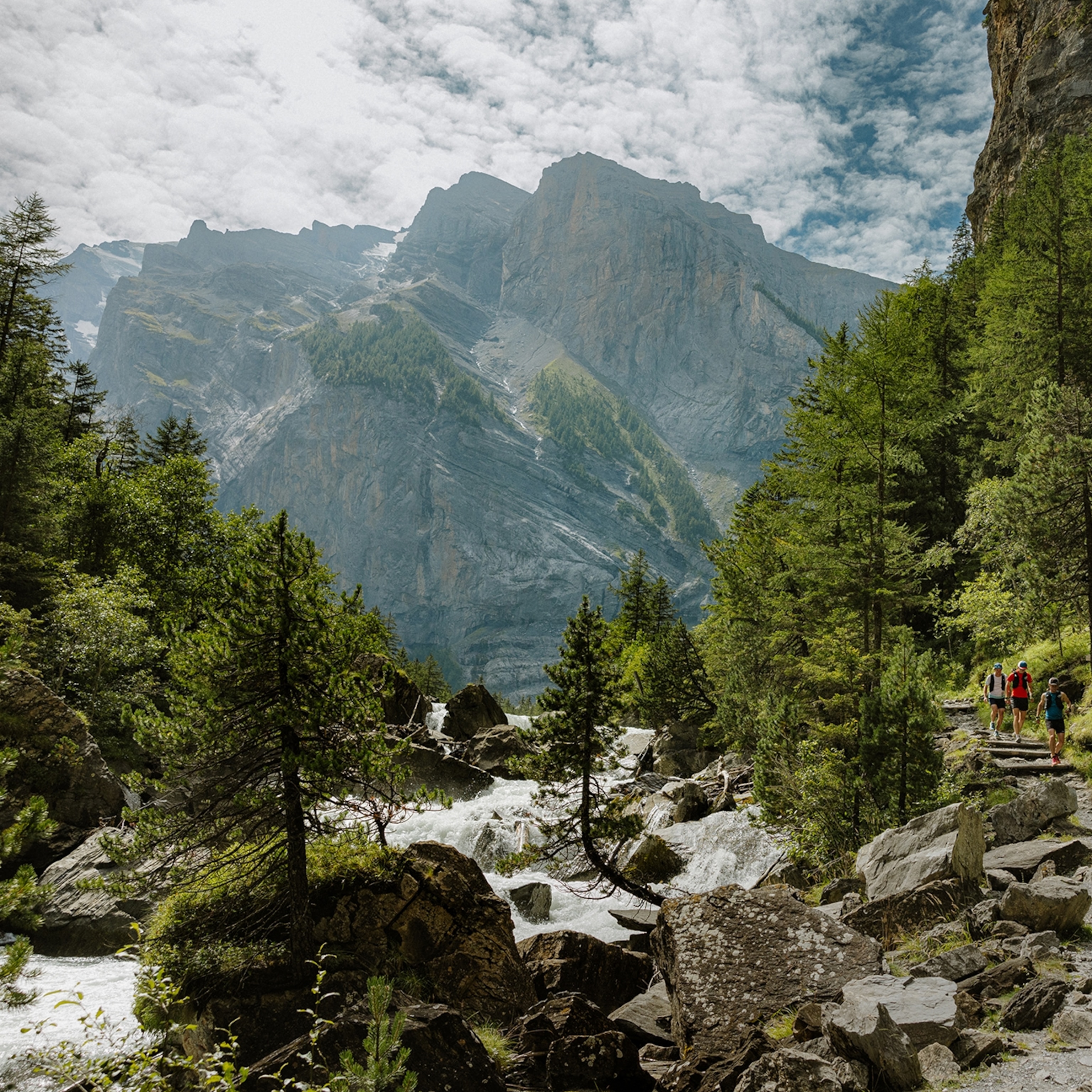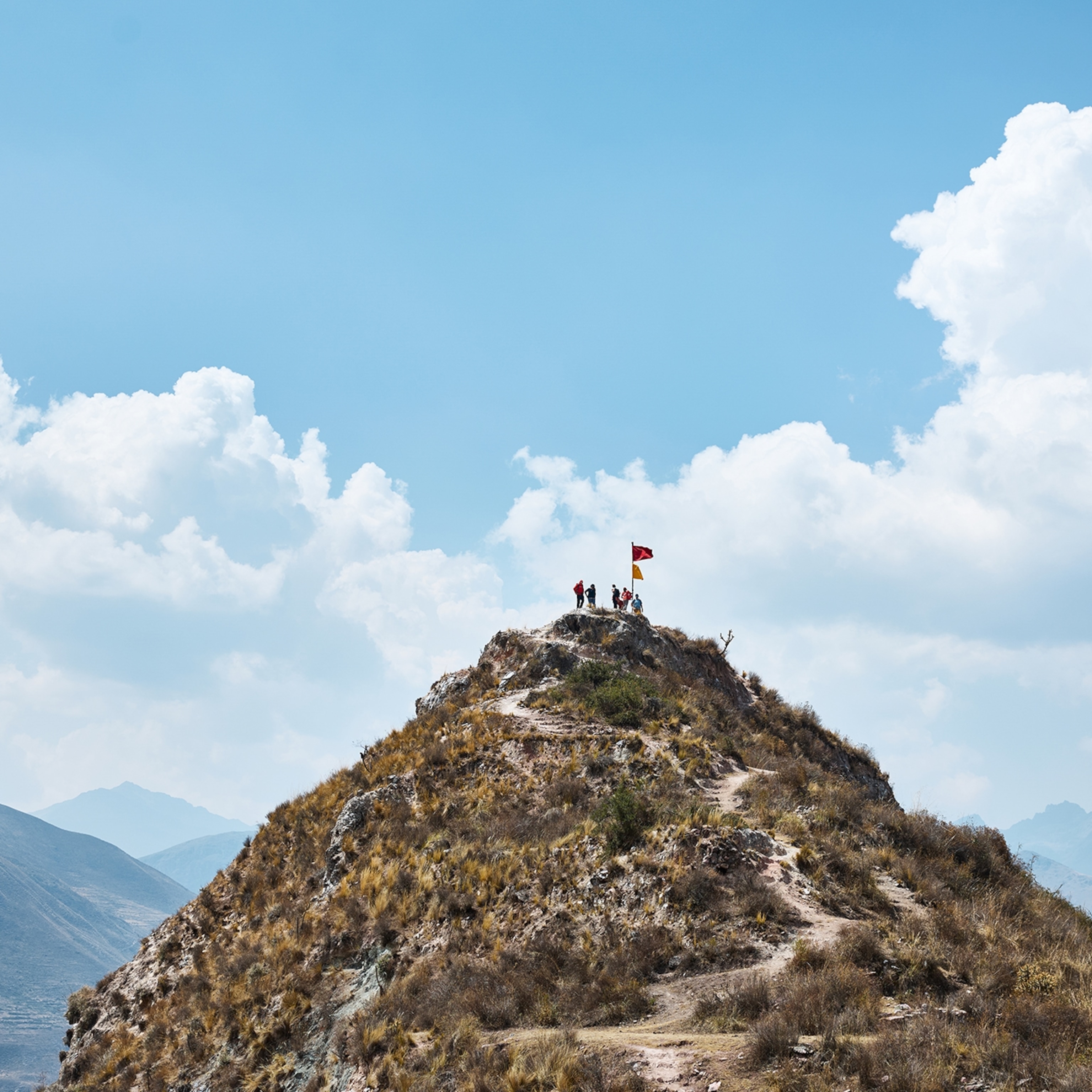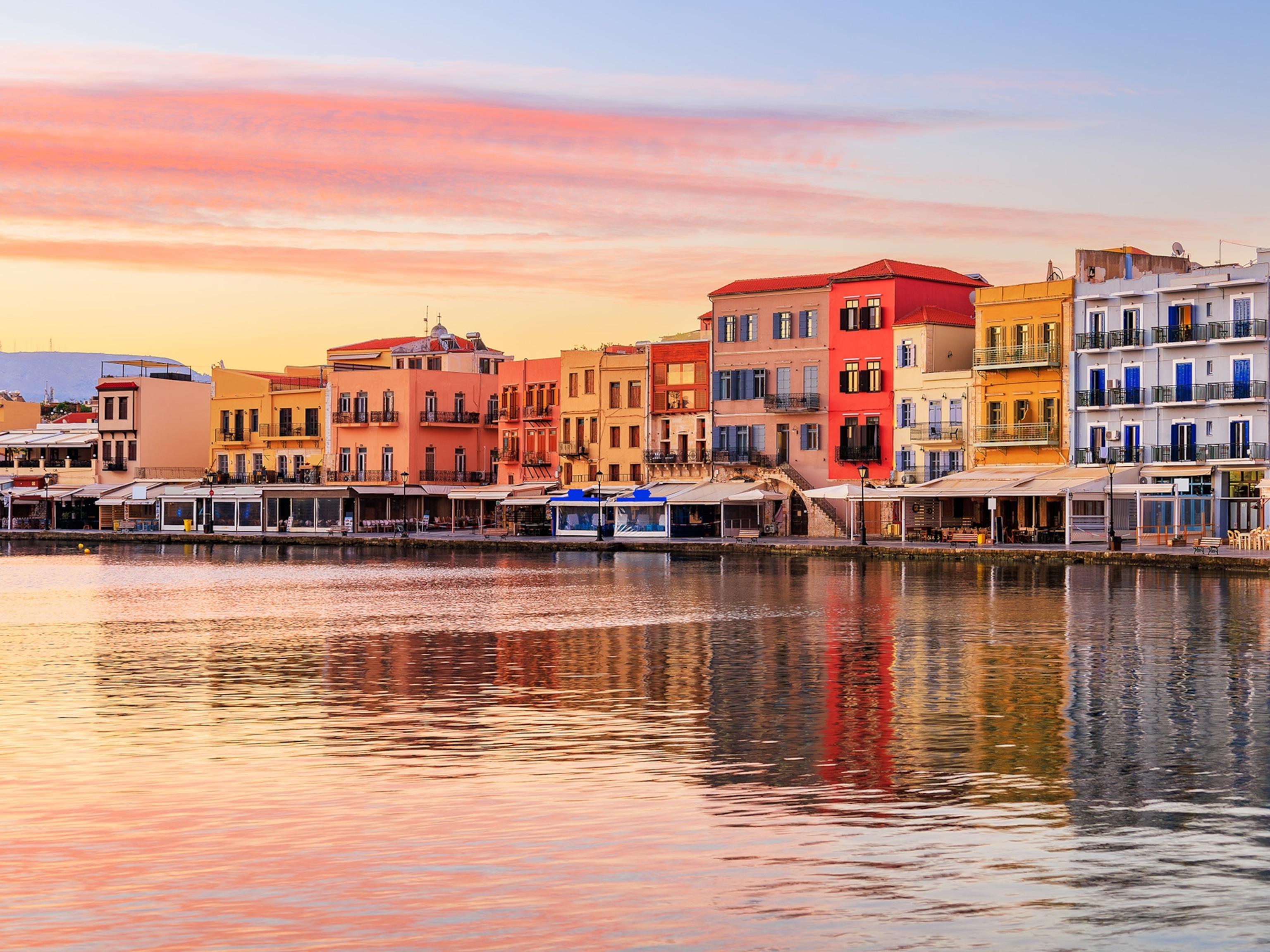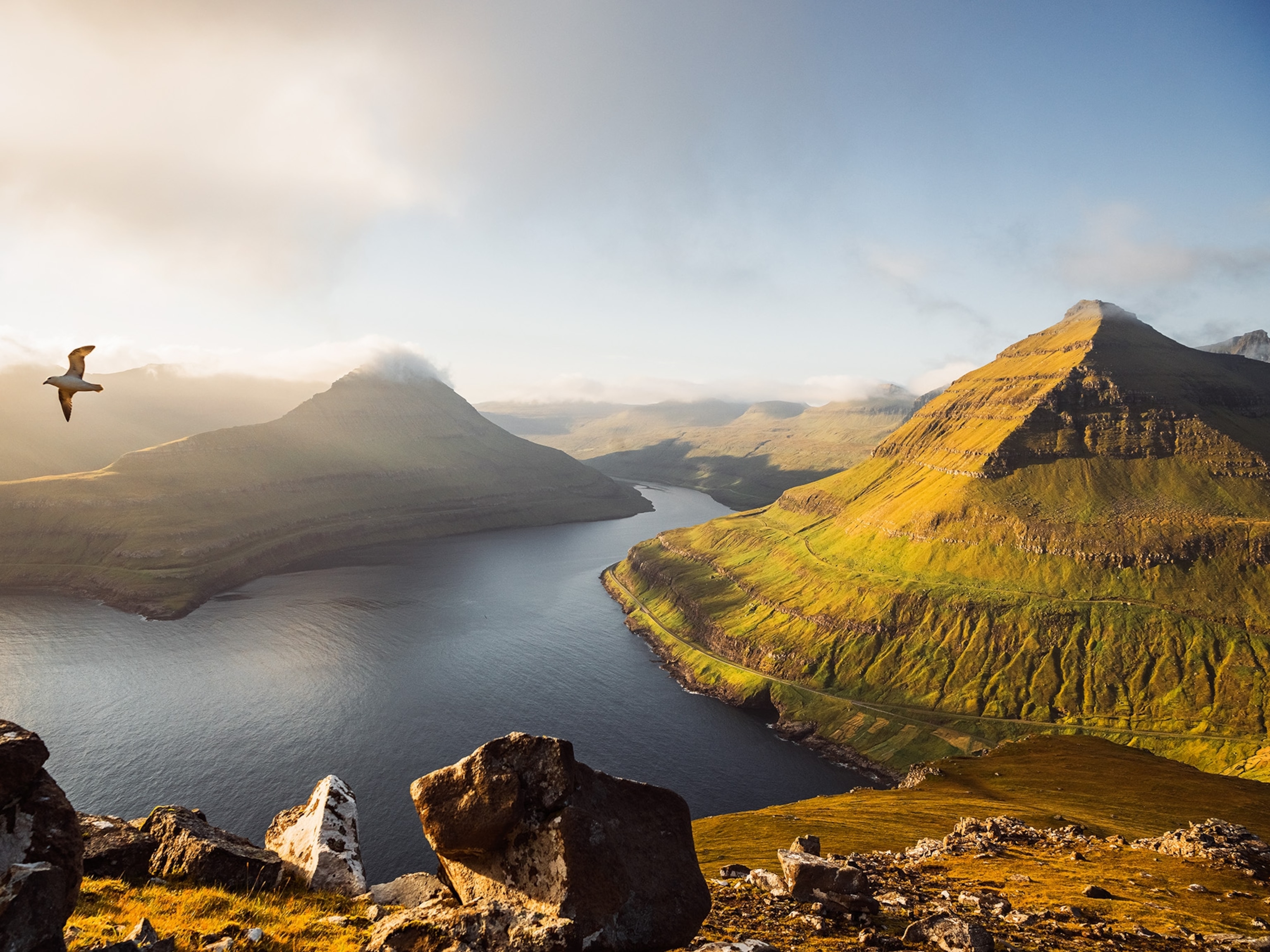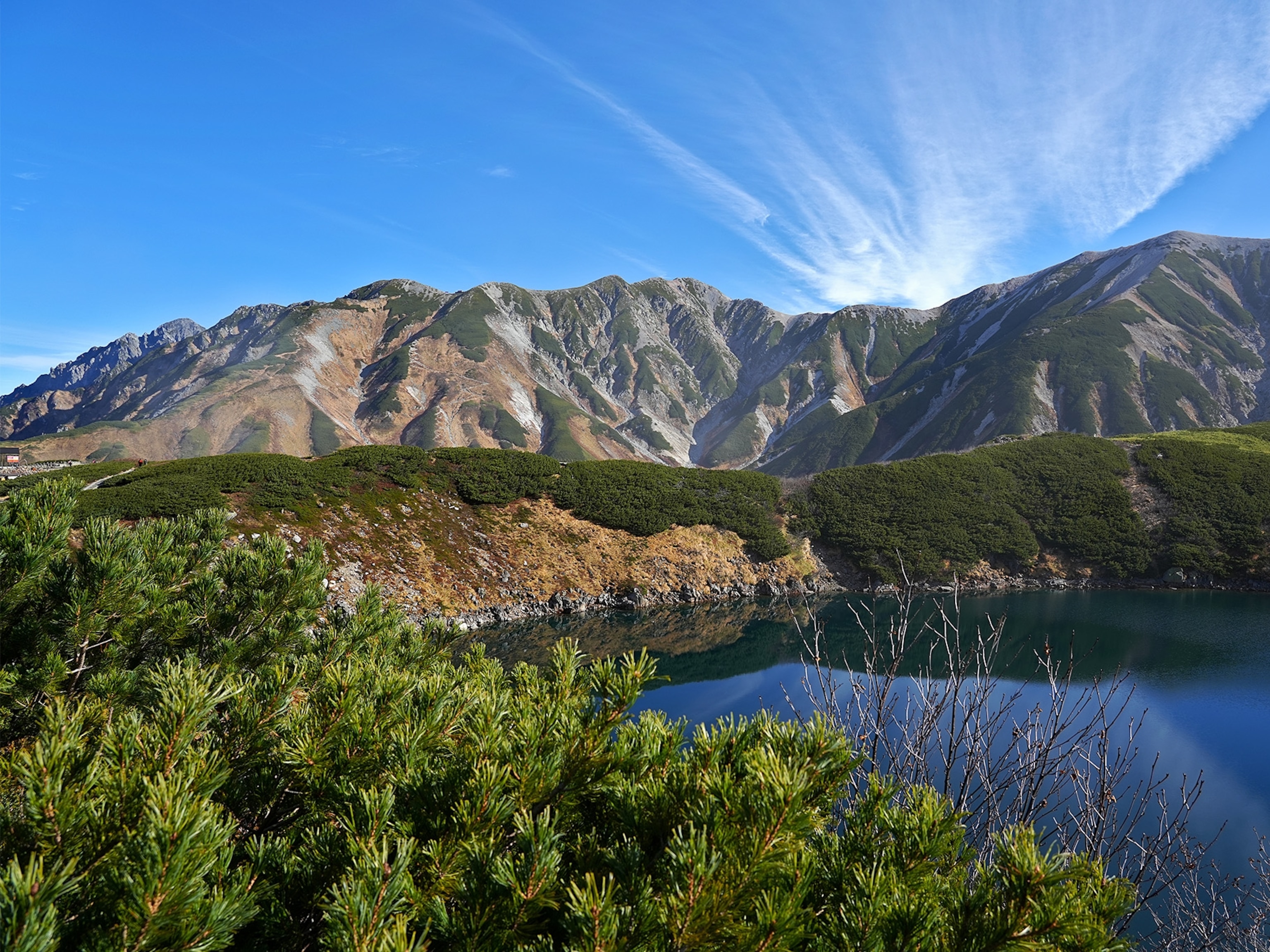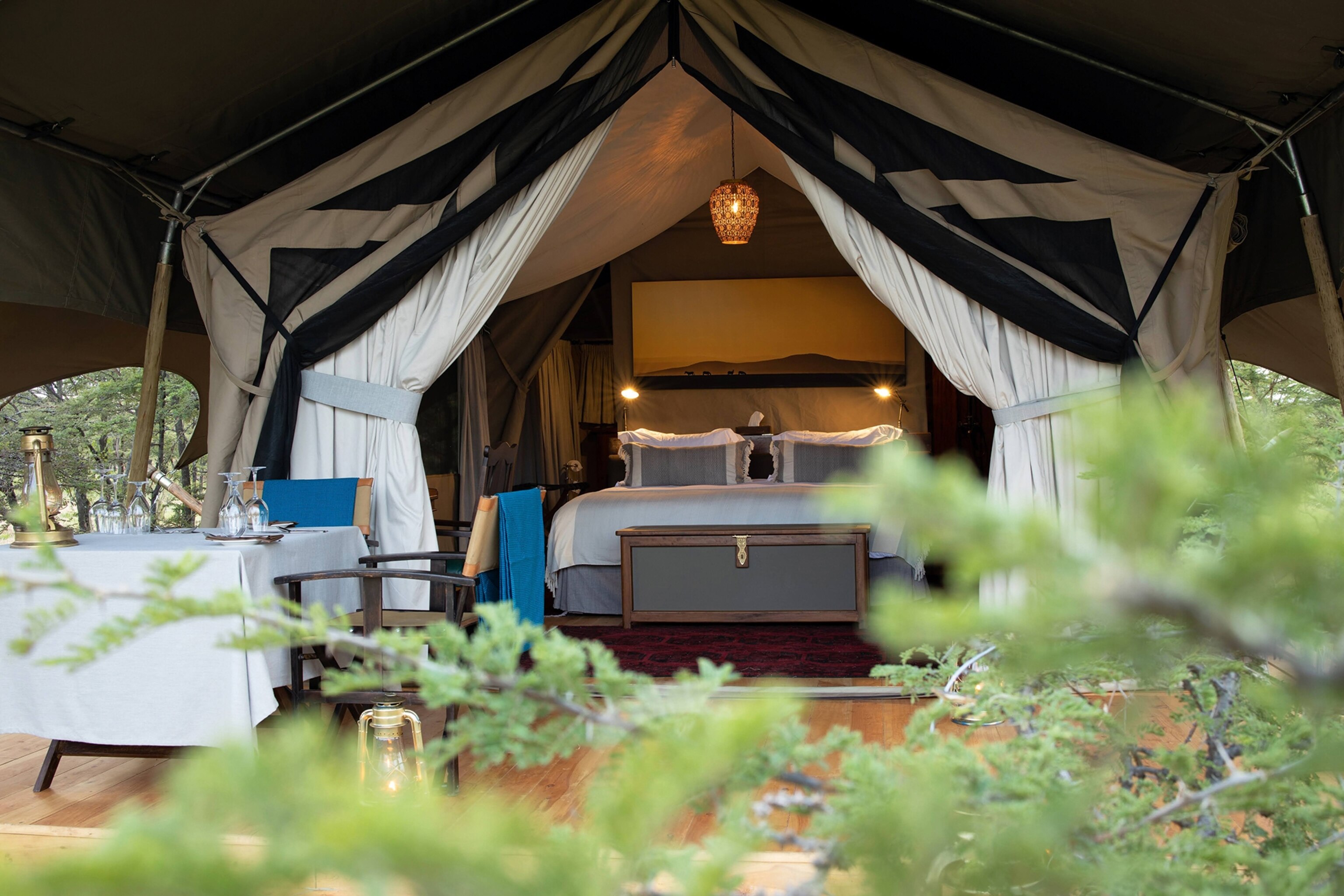
Hiking in Crete: myths, monasteries, mountains
Threaded through steep mountains and ancient gorges, Crete’s network of hiking trails offers insights into the soul of Greece’s largest island.
“It’s like Buddhist philosophy: bringing nature into order,” says Yianna Kouridaki, motioning to the cairns of carefully stacked rocks all around us. “People want enlightenment from these stones; they’re so ancient.” Yianna is guiding me through Samaria Gorge, one of a series of dramatic clefts that concertina the southwestern coastline of Crete, from the White Mountains down to the Libyan Sea.
In the classical age, the city of Tarrha flourished here, becoming significant enough to mint its own coins. They bore the image of the kri-kri, the Cretan goat, which continues to roam Samaria today. “It’s long been a symbol of the unenslaved Cretan spirit,” says Yianna. Later, that spirit, coupled with the gorge’s unique topography, saw Samaria become a centre of resistance against successive invaders. First came the Venetians, then the Turks. In the 1770s, 1820s and 1860s, Cretans used Samaria as a base for uprisings against the Ottomans, who couldn’t penetrate beyond the so-called Iron Gates — the narrowest point of the gorge, where 1,000ft-tall rocks close to a gap just four metres wide. The Nazis faced similarly staunch local resistance; in retaliation, they burned neighbouring villages to the ground.
The hardy souls who once made their home here are gone now, moved out to make way for Samaria National Park in 1962. The 10-mile hike through the gorge isn’t particularly dangerous or difficult, but nothing motorised can reach down here and the nearest helipad is several miles down the track — break a leg, and you’re carried out the old-fashioned way: on the back of a mule.
Trees of cypress and maple shade the path as rock formations rear up on either side, the latter’s faces twisted and deeply ridged like carved flames. The air is heavy with the aroma of mountain herbs: wild thyme, oregano, Jerusalem sage. Yianna points out the spiky leaves of oleander, known in centuries past as a poison. “Ancient ladies would put it on the table when they knew their husbands weren’t too faithful,” she says. A warning: “Next time it’s going in your tea.” Toxic plants aside, the biggest danger is falling rocks; at one point, I’m nearly decapitated by a cat-sized boulder, set loose by the hoof of a kri-kri on the canyon wall above. It regards me from on high with a look of thinly veiled amusement.
Crete’s gorges and mountains echo not just with tumbling rocks, but with myth, infusing every realm of Cretan life just as olive oil infuses every Cretan recipe. According to Greek mythology, it was on this island that Zeus was born in a mountain cave and that Theseus braved the Labyrinth to slay the Minotaur. And the fridge of every taverna is well-stocked with Mythos, Greece’s best-selling beer.
The day after my adventures in the gorge, I set off to explore the north of the island, following a dried-up riverbed to the village of Gavalochori. I poke around the darkened ruins of a pre-industrial olive mill and rest from the heat in a plane grove scattered with the remains of Venetian wells.
Descending a track into a pine forest, I lose my way, spending 20 minutes in a panic before salvation comes in an unlikely form: a succession of Mythos cans, stuck on fenceposts, which lead me back to the path. A modern-day Theseus, led out of the labyrinth by a trail of beer cans. The lager gods are smiling on me.
In sudden want of a drink, I catch a bus to Chania, Crete’s second city, a short way up the coast. I ensconce myself in Chrisostomos, a traditional restaurant where formidable agricultural hardware hangs on the walls and the menu reflects the culinary quarry of Crete’s mountains and gorges: mutton slow-baked with feta; dark wild chicory; rabbit with thyme and oregano. “The goat is very good,” says Georgios Seraklidis, who’s worked as a waiter here for 20 years. “Tender, with a flavour like lamb.” Remembering my brush with a kri-kri in the gorge, I smile and place my order. My stomach rumbles vindictively.
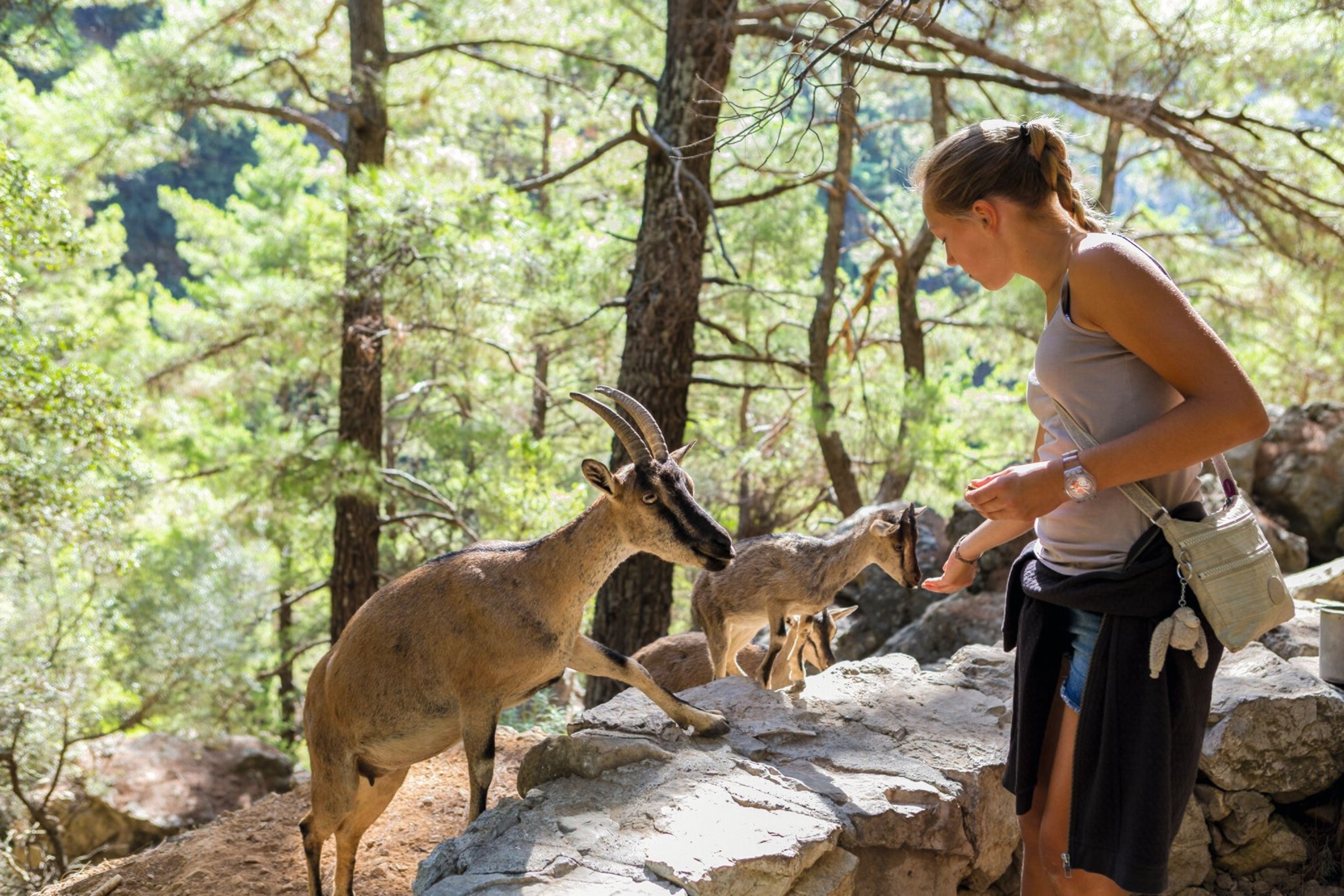
Monasteries in the mountains
“Sorry I’m late,” puffs Father Vartholomeos, one hand clutching his kalimavkion hat, the other pressed to his chest in a mea culpa. “I’m becoming a deacon this Saturday. I’m a little stressed.” His youthful features are framed by round glasses and a dense beard; coal-black Nike Air Max trainers sweep him along beneath an equally dark cassock.
Father Vartholomeos is showing me around the Agia Triada monastery, a Byzantine masterpiece built by two Venetian brothers in the 17th century. My eye is drawn to strange artefacts: watches dangling in glass cases alongside saintly icons (donations from those whose prayers have been granted) and ostrich eggs hanging from incense burners. “They symbolise God, who watches his offspring from a distance like the ostrich watches her eggs,” explains Father Vartholomeos. “They’re very fragile,” he adds quickly, casting me a wary glance as I extend my hand towards them. “And very expensive.
”We cross a threshold into an ossuary, where femurs poke out of wooden boxes and glass cases full of skulls line the walls. Some are emblazoned with Greek script or Christograms. Others bear bullet holes between the eyes. “Monks, killed by the Nazis,” says Father Vartholomeos. “They used to bury them in the graveyard, but it got too full.”
I wonder how Father Vartholomeos ended up here. “I wanted to work in shipping in London, but I found no meaning in the common life,” he says. “It was like food without salt. Here in the monastery, the main thing is to struggle with yourself, with your will. I may want to go out, but I’m not allowed to. But we look at this as a blessing.”
Bound by no such blessing, I set off from Agia Triada and head along a dirt track into the mountains of the Akrotiri Peninsula. The roadside is dotted with immaculately cared-for shrines, the primary colours and gold leaf of their icons vivid against the baked earth. As the path proceeds, time unspools backwards. At the top of the mountain, I pass the 16th-century Gouverneto monastery, then zigzag sharply downwards to the crumbling Katholiko monastery, the oldest in Crete, founded in the 11th century. I meet Father Ephraim, a monk from Gouverneto, tending to a shrine carved into the mountainside. Why, I ask, would anyone build a monastery here, somewhere so hard to reach? “That’s kind of the point,” chuckles Father Ephraim. “To get far away from society.”
I descend to the valley floor, where thorny shrubs erupt from the dry ground. It’s a scene so biblical I keep expecting one of them to burst into flame and start pontificating. Reaching a rocky cove, I dip my feet in the cool Aegean blue before beginning the daunting schlep back up the mountain, pausing halfway to speak again with Father Ephraim. “Do you really come down here every day?” I pant, disbelievingly, through bursting lungs. A half-smile. “It keeps me busy,” he says. A blessing, in a place like this.
Aegean Airlines connects Chania and Heraklion with destinations across Europe. On arrival, hire a car; PanCar operates at both airports. Almyrida Resort (from £56, B&B) is a good base from which to explore Crete’s hiking trails. Strata Tours has expert guides.
Sign up to our newsletter and follow us on social media:
Facebook | Instagram | Twitter
